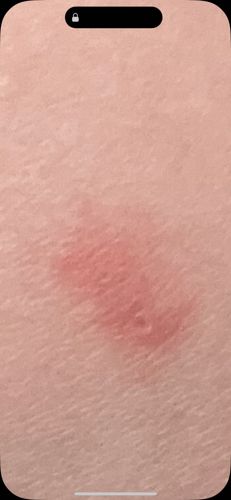Bed Bug
Scientific Name: Cimex lectularius
Order & Family: Hemiptera, Cimicidae
Size: Adults are typically 4-5 mm (0.16-0.20 inches) long.

Natural Habitat
Commonly found in human dwellings, especially in beds, mattresses, bed frames, and furniture where they can easily access hosts at night.
Diet & Feeding
Strictly hematophagous, meaning they feed exclusively on the blood of warm-blooded animals, primarily humans. They feed by piercing the skin and withdrawing blood.
Behavior Patterns
Nocturnal, hiding in cracks and crevices during the day and emerging at night to feed. They are attracted to carbon dioxide and body heat. Bed bugs are resilient and can survive for several months without a blood meal.
Risks & Benefits
Potential risks include itchy bites, skin rashes, allergic reactions, and secondary skin infections from scratching. They are not known to transmit diseases to humans. There are no known benefits to humans or the ecosystem.
Identified on: 9/7/2025